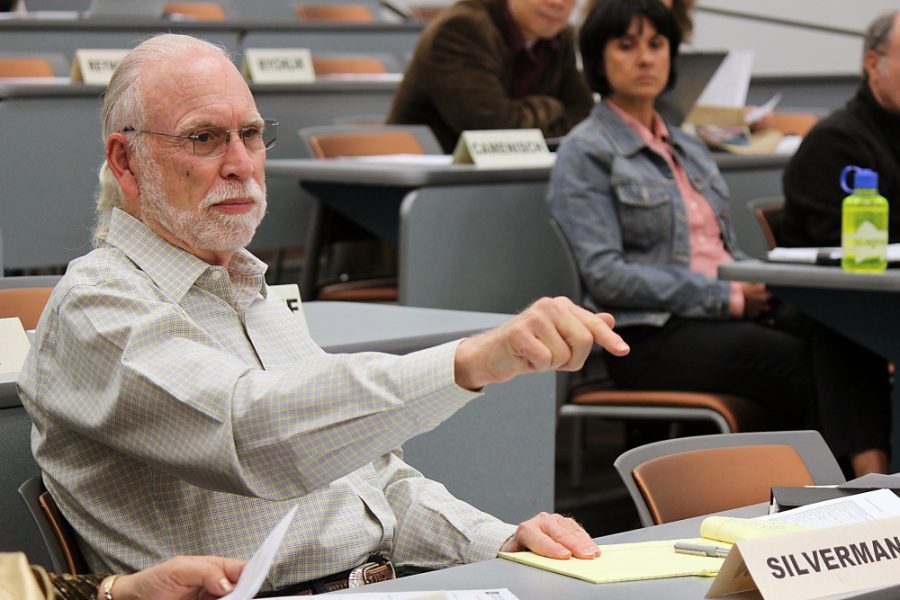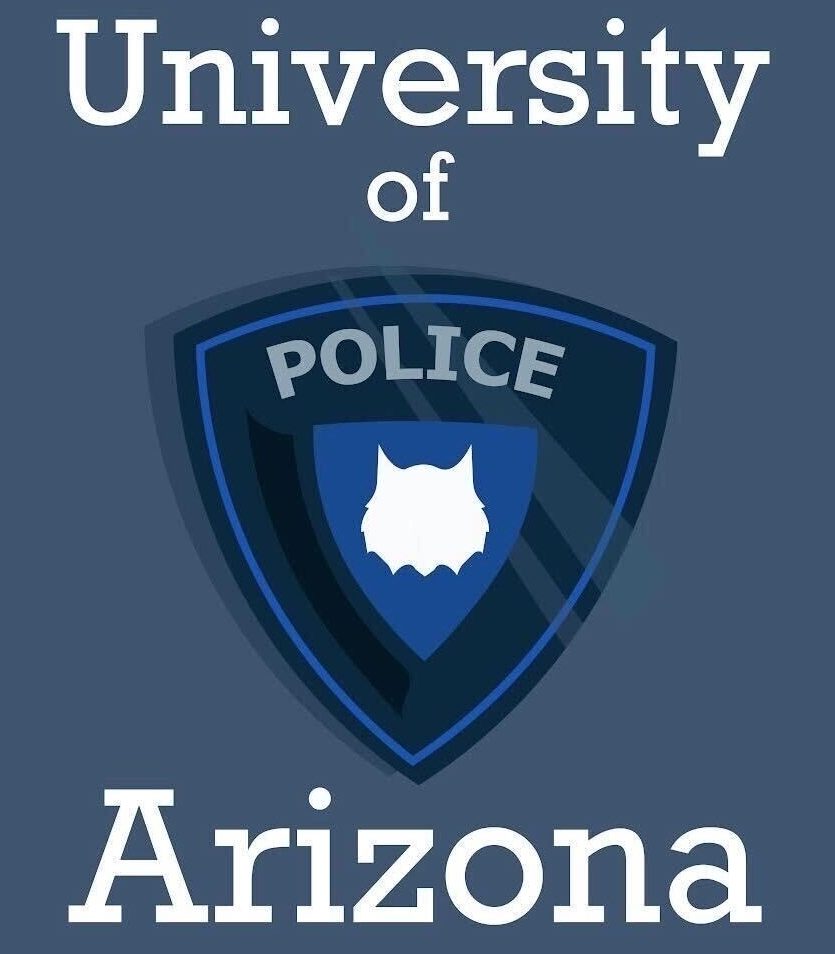Faculty Senate members engaged in a heated discussion at their monthly meeting on Monday regarding the level of diversity within faculty and the methods with which to improve diversification at the UA.
With diversity numbers showing that tenure and continuing eligible faculty new hires for African-Americans totaled three from 2009-2013 and zero for Native Americans/Alaskan Natives in that same time period, some faculty members were outraged.
“I’d like to know what the provost’s office is doing about this,” said Andrew Silverman, a retired clinical professor of law and senate member. “They should be ordering every dean and not giving a raise to any dean, I would hope, until they do something about it … We’re not doing shit. We’re not doing anything in this university. Look at these figures.”
Tom Miller, associate provost for faculty affairs, provided a chart that detailed tenure eligible and continuing faculty new hires by college from January 2009 to fall 2013 in a breakdown of race/ethnicity. Overall for minority hires, the number totaled 57, while the number of white hires totaled 178. However, the chart only showed open searches within departments and did not include hires through the Strategic Priority Faculty Initiative, which would have added 20 more ethnic minority hires to the overall number, Miller said.
Miller said the lack of diversity in faculty is a growing concern because more than 40 percent of the entering student class come from minority backgrounds. In a chart detailing the 10-Year Trend of Headcounts by Rank, Gender and Race/Ethnicity, the amount of African Americans or Blacks remained flat. However, there was a 40 percent increase in Hispanic hires in the past 10 years, he added.
“It’s a glass half-full, glass half-empty kind of situation,” Miller said. “You can see we are not doing the hiring we need to do if we are interested in diversifying our faculty.”
Miller said progress can be made, but only if university members redouble efforts to promote inclusive hiring pools. He added that Provost Andrew Comrie, in a letter to college deans in August, required that deans continue with hiring provisions established last year. Comrie requested that all hiring committees have at least one person from outside the department on the committee, that at least one member of every hiring committee should attend workshops offered by Raji Rhys, co-chair of the Strategic Priority Faculty Initiative, Laura Hunter, program and research manager, and Miller regarding unconscious bias and that the search plan for committees should be reviewed by Rhys, Hunter and Miller.
However, Silverman said he feels the provost’s office must order staff to improve diversity, as opposed to only teaching it through workshops. This raised concerns from Comrie regarding the legality of mandating people to hire a more diverse staff.
“It’s entirely possible to move these numbers although … we also simultaneously have to stay within the law,” Comrie said. “If I mandate people to hire folks of a certain color then we will end up in jail and that’s not a particularly good outcome either.”
Some other senate members complained that the chart only detailed new hires and did not present a complete landscape of the diversity in each department.
“We need to see the departments that have a good landscape and have a good profile and the ones that don’t,” said Marlys Witte, a faculty senate member and professor of surgery. “It’s not enough to just look at the hires … we have to see progress.”
A graph recently published in The Chronicle of Higher Education, compiled through numbers from the U.S. Department of Education’s Integrated Postsecondary Education Data System, gave a breakdown of full-time faculty members who were members of specific racial and ethnic groups at 1,630 colleges and universities in November 2011.
Full-time faculty at the UA totaled 2,661 and, when broken down, total minority was found to equal 19 percent. Out of the total faculty, 67 percent were white. In addition, 38 percent were found to be female.
The lack of gender diversity in faculty was also a topic that Faculty Senate members discussed. Miller responded that the newest strategic plan is attempting to emphasize diversity in a way that previous plans have not. A lot of the discussion is focused on underrepresented diverse groups, he added.
However, Miller stressed it also falls on departments to notice the lack of diversity and understand that it is unacceptable.
“We’re not making the progress we need,” Miller said. “We need to step up and take responsibility for hiring faculty who will help us meet the needs of our diverse students and constituents.”
2012 Tenure-Track Faculty Members:
Asian – 153
Black/African American – 18
Hispanic – 104
Native American/Alaskan Native – 11
Two or more races – 3
White – 1,142
Total – 1,431
New Hires from Jan. 2009 to fall 2013:
Asian – 40
Black/African American – 3
Hispanic/Latino – 12
Native American/Alaskan Native – 0
Two or more races – 2
White – 178
Total – 235
– Follow Brittny Mejia @BrittnyAriel









